The Ashmolean museum, Oxford
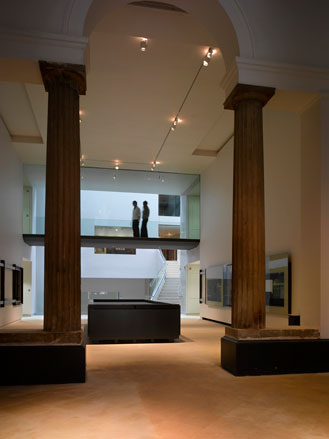
The Ashmolean museum in Oxford, once a dusty old labyrinth of higgledy piggledy rooms and illogical corridors, has been transformed almost beyond recognition in a £61m renovation by Rick Mather Architects.
The result - a light-infused six-level palatial showcase - not only doubles the exhibition space available to the museum, but also opens it up to a wider audience and allows an airing for previously unseen collections and artefacts.
And what artefacts they are: already home to the world’s best collection of pre-dynastic Egyptian materials and the largest and most important collection of Raphael drawings in the world, the Ashmolean can now boast a number of ‘new’ star attractions, including – our personal favourite – Laurence of Arabia’s robes.
The oldest museum in the oldest university in the English speaking world, the Ashmolean offers people – and Oxford’s aspiring academia – to be taught from the objects of history just as the Bodlean Library offer the opportunity to be taught from the texts.
Briefed simply to expand the space, Rick Mather explains he wanted to avoid doing a pastiche of the existing neoclassical Charles Cockerell structure because he felt it would “be an insult to him” and also it would have “looked stupid”.
Instead the solution is an elegant contemporary extension consisting of a rhythmic series of double and single height spaces, connected with mezzanines, panoptic windows and footbridges.
At every point the visitor is made to feel as though there is a way through and a connection to the outside world – avoiding the trapped feeling the old museum engendered. Here, “You always know you have an escape,” says Mather.
Receive our daily digest of inspiration, escapism and design stories from around the world direct to your inbox.
Not that many people will be itching to leave the space, with its fascinating collections. Another of the previously unseen pieces, recently acquired by the museum, is the Titian painting ‘Amor Vincit Omnia’ – or ‘Love Conquers All’ – not seen in public since 1960.
Inside the new galleries the museum’s curators have worked with design company Metaphor to reorganise the collections in a new way, somewhat controversially forcing people to read the objects in a new context.
The strategy, called “Crossing Cultures Crossing Borders” deals with an exchange of cultural styles and objects and aims to show an interrelated world culture through history and demonstrate how civilisations developed alongside each other.
Bound to meet some scepticism amongst traditionalists, the concept works better in practice than we first expected – far from juxtaposing objects, it instead creates a seamless sequence between the galleries.
Described by the New York Times as the “$100m Museum”, the renovation has also brought the city of dreaming spires its first rooftop restaurant, reached via a cascading staircase that runs up through the new atrium.
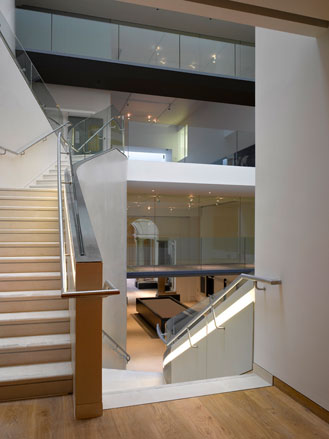
Mezzanines, panoptic windows and footbridges connect the rooms
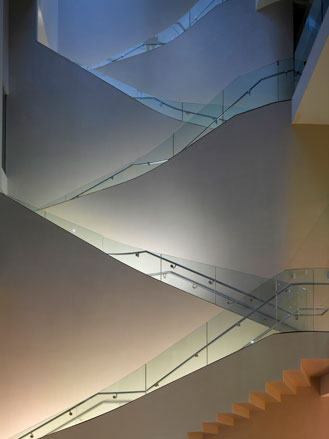
The cascading staircase that runs up through the new atrium
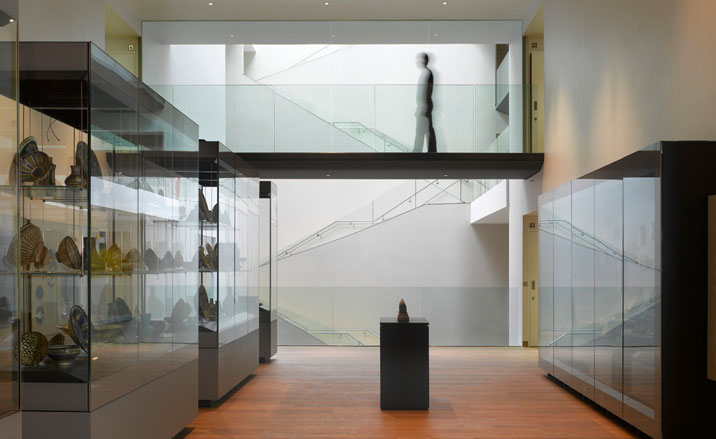
The renovation allows an airing for previously unseen collections and artefacts
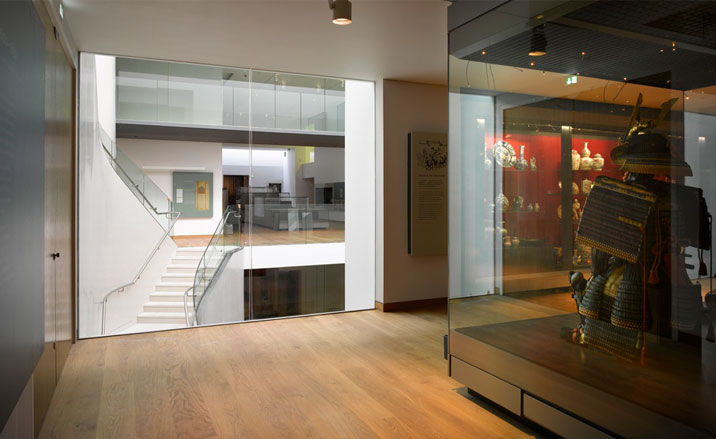
Exhibition space available to the museum has been doubled
Ellie Stathaki is the Architecture & Environment Director at Wallpaper*. She trained as an architect at the Aristotle University of Thessaloniki in Greece and studied architectural history at the Bartlett in London. Now an established journalist, she has been a member of the Wallpaper* team since 2006, visiting buildings across the globe and interviewing leading architects such as Tadao Ando and Rem Koolhaas. Ellie has also taken part in judging panels, moderated events, curated shows and contributed in books, such as The Contemporary House (Thames & Hudson, 2018), Glenn Sestig Architecture Diary (2020) and House London (2022).
-
 This cult Los Angeles pop-up restaurant now has a permanent address
This cult Los Angeles pop-up restaurant now has a permanent addressChef Brian Baik’s Corridor 109 makes its permanent debut in Melrose Hill. No surprise, it's now one of the hardest tables in town to book
-
 French bistro restaurant Maset channels the ease of the Mediterranean in London
French bistro restaurant Maset channels the ease of the Mediterranean in LondonThis Marylebone restaurant is shaped by the coastal flavours, materials and rhythms of southern France
-
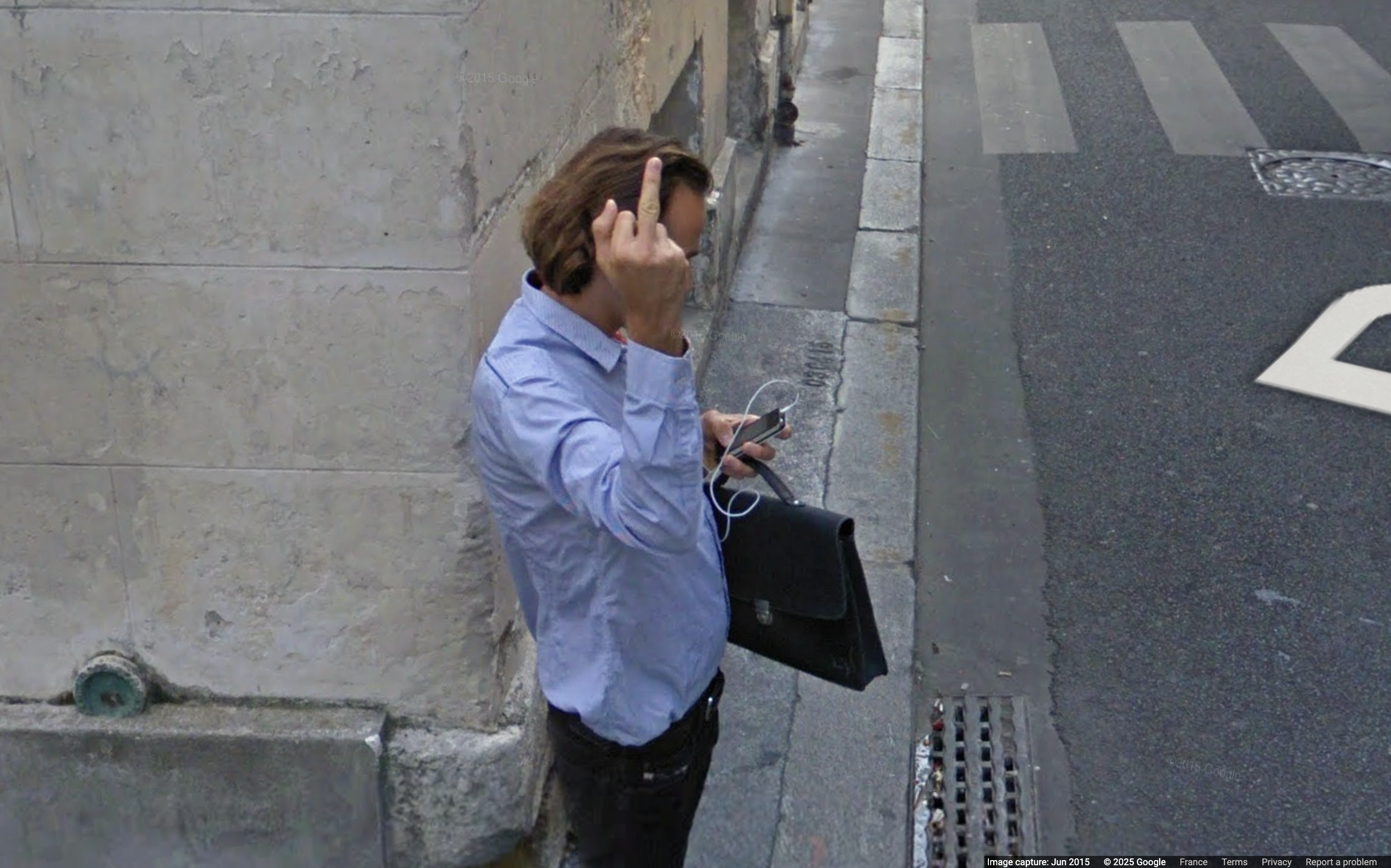 How ethical is Google Street View, asks Jon Rafman in Copenhagen
How ethical is Google Street View, asks Jon Rafman in CopenhagenIn 'Report a Concern - the Nine Eyes Archives' at Louisiana Museum of Art, Copenhagen, Jon Rafman considers technology's existential implications
-
 A former agricultural building is transformed into a minimal rural home by Bindloss Dawes
A former agricultural building is transformed into a minimal rural home by Bindloss DawesZero-carbon design meets adaptive re-use in the Tractor Shed, a stripped-back house in a country village by Somerset architects Bindloss Dawes
-
 RIBA House of the Year 2025 is a ‘rare mixture of sensitivity and boldness’
RIBA House of the Year 2025 is a ‘rare mixture of sensitivity and boldness’Topping the list of seven shortlisted homes, Izat Arundell’s Hebridean self-build – named Caochan na Creige – is announced as the RIBA House of the Year 2025
-
 In addition to brutalist buildings, Alison Smithson designed some of the most creative Christmas cards we've seen
In addition to brutalist buildings, Alison Smithson designed some of the most creative Christmas cards we've seenThe architect’s collection of season’s greetings is on show at the Roca London Gallery, just in time for the holidays
-
 In South Wales, a remote coastal farmhouse flaunts its modern revamp, primed for hosting
In South Wales, a remote coastal farmhouse flaunts its modern revamp, primed for hostingA farmhouse perched on the Gower Peninsula, Delfyd Farm reveals its ground-floor refresh by architecture studio Rural Office, which created a cosy home with breathtaking views
-
 A revived public space in Aberdeen is named Scotland’s building of the year
A revived public space in Aberdeen is named Scotland’s building of the yearAberdeen's Union Terrace Gardens by Stallan-Brand Architecture + Design and LDA Design wins the 2025 Andrew Doolan Best Building in Scotland Award
-
 A refreshed 1950s apartment in East London allows for moments of discovery
A refreshed 1950s apartment in East London allows for moments of discoveryWith this 1950s apartment redesign, London-based architects Studio Naama wanted to create a residence which reflects the fun and individual nature of the clients
-
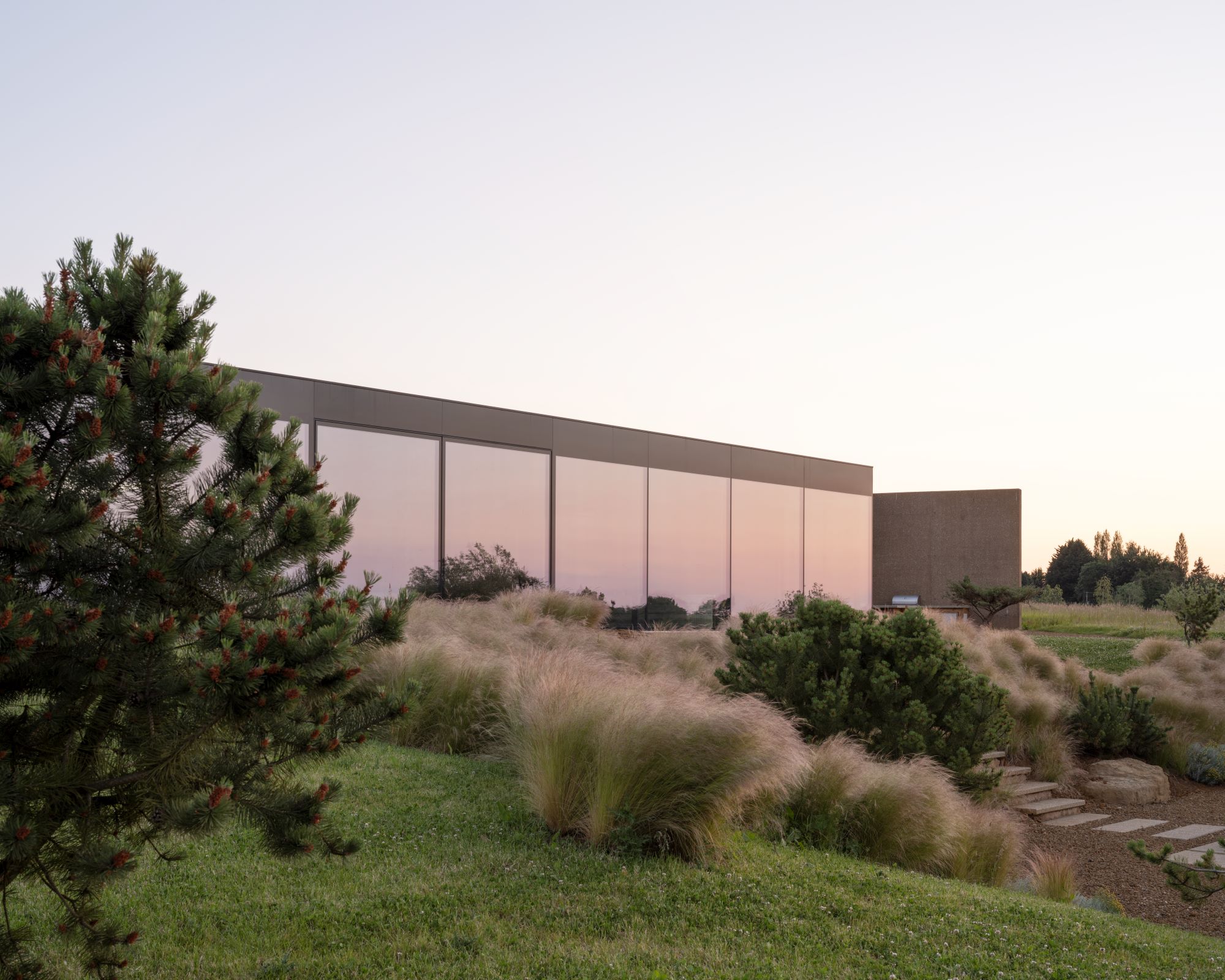 In this Cotswolds home, drama meets minimalism
In this Cotswolds home, drama meets minimalismCotswolds home Hiaven house, with interiors designed by McLaren Excell, is a perfect blend of contemporary chic and calm, countryside drama
-
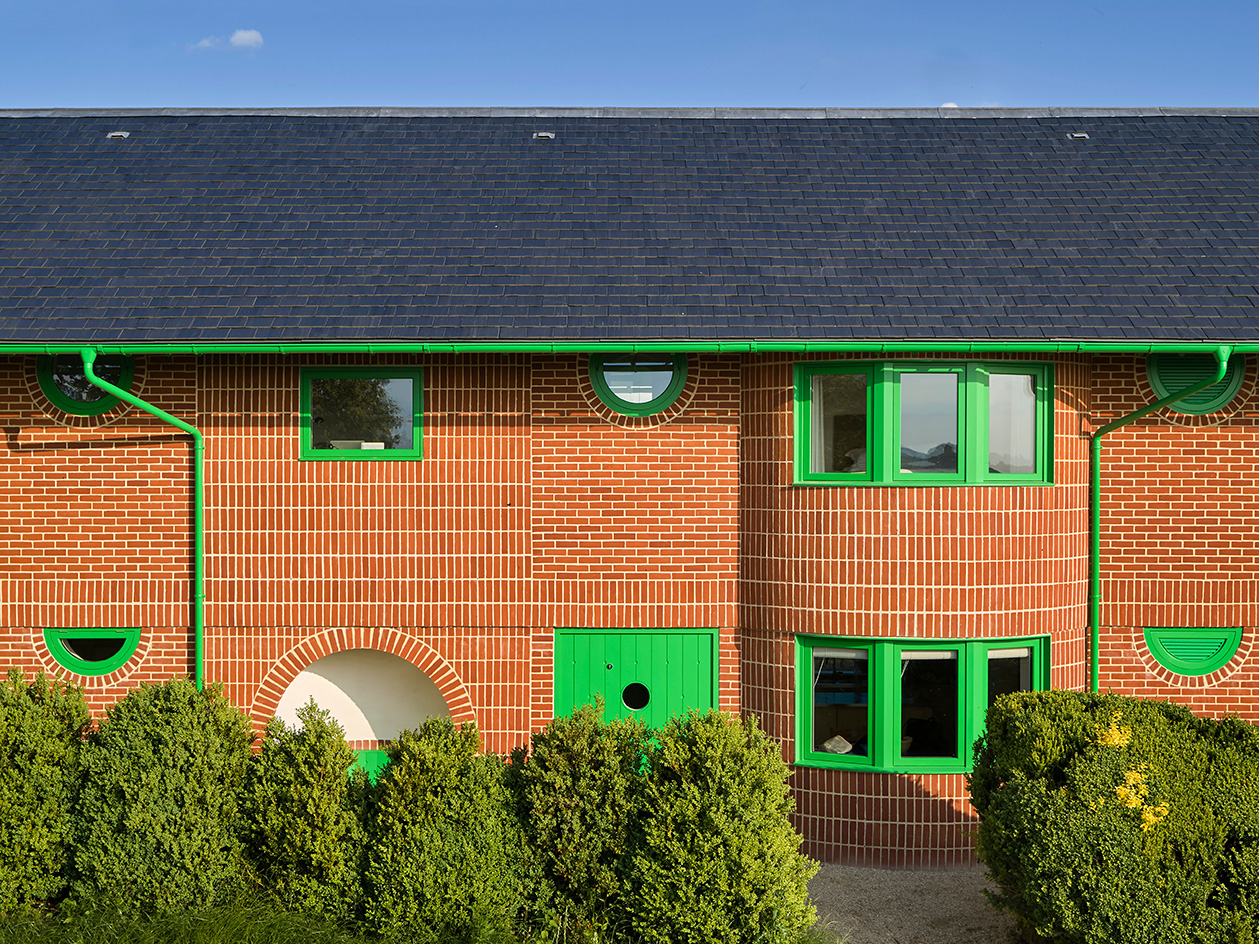 David Kohn’s first book, ‘Stages’, is unpredictable, experimental and informative
David Kohn’s first book, ‘Stages’, is unpredictable, experimental and informativeThe first book on David Kohn Architects focuses on the work of the award-winning London-based practice; ‘Stages’ is an innovative monograph in 12 parts